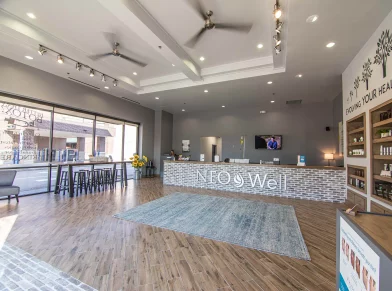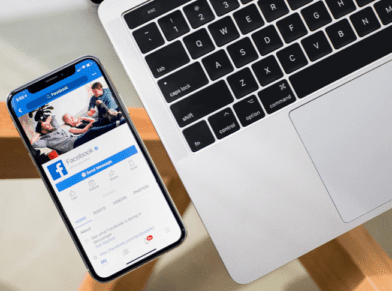Are You Showcasing Your Social Proof?

Trust. It can be built and it can be earned, but it’s rarely instant.
As customers grow more and more wary of brands and businesses they don’t know, gaining their trust upfront is your main marketing objective.
Social proof is your ace in the hole when it comes to influencing visitors and facilitating new relationships. Here’s a high-level overview of what it is, why it’s so valuable, and how to showcase it.
What is Social Proof?
This social and psychological theory has been around since 1984 when Dr. Robert Cialdini coined it in his manifesto, Influence.
In essence, social proof describes the human tendency to “follow the crowd”. Cialdini and marketing mavens understand that, as social creatures, we tend to observe the behaviors and opinions of others, and direct our actions to match, assuming what most people do is the “correct” way to be.
And though you may think of yourself as a truly independent, unique flower, we’re guessing social proof has influenced your own decisions from time to time.
Ever stopped to read a social media update that already has tons of comments and reactions? Or tune in to a new sitcom that’s getting tons of buzz?
Bingo. That’s social proof.
Why is social proof so irresistible? Simple. It validates the user’s interest in your product, service, or piece of content and promises they won’t be wasting time or money by engaging with it.
Where can you use social proof? Easy. Anywhere you have an online presence, from your website to your social media channels and beyond.
Now that you have a sense of what social proof entails, here’s how you can utilize the power of group influence in your own marketing tactics.
1. Go for quantity.
Would you trust an unknown brand that had seven likes or 700? That’s what we thought. Whether looking up recipe ratings or follower counts on your social media pages, customers are looking for signs of your popularity. Focus on increasing these numbers to give your business some off the cuff credibility.
2. Share user-generated content.
Anyone sharing content about your brand deserves thanks, praise, and maybe a small parade. Or, you could acknowledge them by sharing the post with your network. Not only is it a show of appreciation, but it also showcases some serious social proof. That’s because user-generated content is perceived as more genuine and relatable than paid ads or sponsorships.
3. Display reviews and ratings.
You work hard to make sure your customers are satisfied. Once they are, collect and display them on your website, Google Knowledge Panel, Facebook, etc. There’s no better marketing than the praise you collect and show from your peers.
4. Show off your endorsements.
Influencer marketing has come a long way in recent years. The trick with paid-partnerships is to ensure they are authentic. Whether you partner with an industry expert or a respected blogger in your field, ensure the praise is genuine. Your customers are likely to reject anything too “salesy.”

5. Humanize your testimonials.
Without a photo to accompany your testimonials, they’re simply words on a site. Though they still represent your brand well, you need a little more credibility as an unfamiliar brand. Make sure you take every opportunity to personalize them with a photo, location, title, etc.
6. Create case studies.
Customer success stories are huge boons for your brand. Stories capture social proof in a way that’s engaging and relatable. Case studies make your claims concrete and tell potential customers their problems are not only common but also solvable.

7. Offer some authority.
Authority begets authority. Meaning, if your brand is worth its weight in salt, you’ll be able to show other respected companies who are associated with you. Be it a display with all your client logos or an ‘as seen in’ like Globe Runner sports, it gives your brand instant integrity.
There you have it. The social proof is in the pudding. If you’re not already leveraging genuine peer-praise in your marketing strategy, time to turn over the mic to your current customers.

























